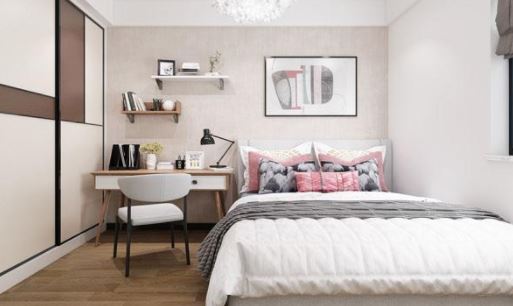
By 2050, it is estimated that two-thirds of the world’s 9.4 billion people will live in urban areas. We can expect that the family living arrangements we are familiar with today will change.
In high-density cities, static apartment layouts with only one function per room will become an unsustainable luxury. The traditional concept of a dedicated living room, bedroom, bathroom or kitchen will no longer be economical or environmentally sustainable. Building inventory will need to work harder.
The need for more efficient use of architectural space means that an adaptable and responsive home microenvironment will replace the old concept of static rooms in private apartments.
These changes will reshape our meaning to the house, the purpose of the house and the idea of how the house itself can provide support and help to residents.

So how will these flexible spaces work?
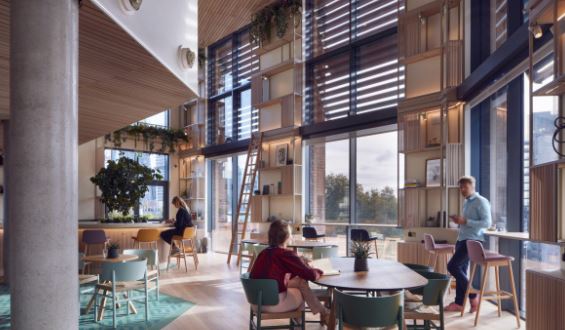
Sidewalk Labs and IKEA are collaborating with Ori, a robotic furniture startup from the Massachusetts Institute of Technology (Osa), to change our use of increasingly sparse urban living spaces. They have developed ways to enhance existing apartments with prefabricated standardized products to make living spaces more flexible.
Leading product designers came up with attractive concepts to illustrate how these newly developed products can improve our lives in cities with limited space. An example is based on a floor plan of only 3m x 3.5m.
The more intensive use of high-density residential building space will have an impact on circulation space. It will need to provide more services in a narrower space and maintain vigilance on emergency evacuation routes. Public spaces will become more crowded and will play a more important role in our well-being.
Robot furniture available now can also help people with some form of handicap negotiate their home environment. An example is a bed, which can be tilted to a position where it is easier to get out of the bed.
Some furniture on the market now has similar mechanical assist functions to help people take off their chairs. It can be extended to a wider range of life aids that provide convenience for the body and other disabled persons.
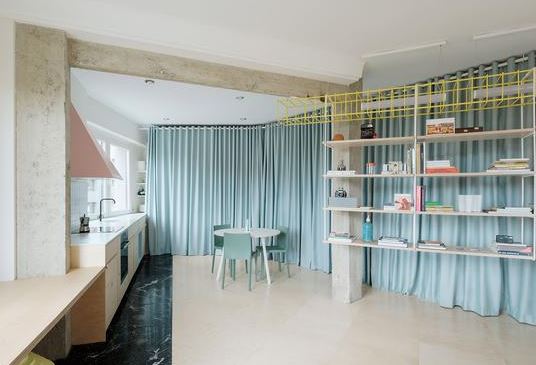
Easy transformation is the key
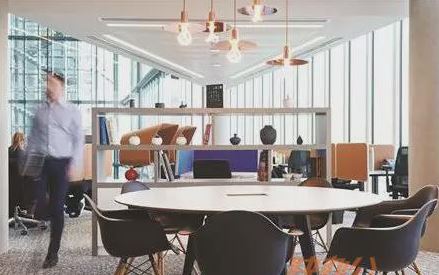
Moving furniture is not a new idea. The late 1980s and early 1990s gave birth to a variety of mobile furniture, such as tables on wheels and sideboards on casters.
We have been trying to make the room adaptable. Japanese style screens or room dividers are one way. We provide space-saving IKEA furniture, such as folding corridor tables that can be folded into dining tables.
The idea of being able to change our living space makes these mobile furniture fascinating. But they all require a series of manual operations, which means that after a few preliminary experiments, they end up in a stationary position. These mobile objects have been integrated and firmly positioned in the accumulation of things that constitute our private domain and our identity.
Industrial designers such as the late Luigi Colani designed prefab houses with rotatable internal structures, but the ease of transformation really changed the status quo. It may have a reverberating effect.
The term robotic furniture is reminiscent of Jetsons-like images, but it means that we will have room for adaptation. Just press a button, gesture or voice command, the room will change from bedroom to living room, or from study to entertainment space.
Videotapes of beautifully designed spaces (above) make this idea very attractive, but we must keep in mind that although they have matured, they are the original concept. But this heralded the beginning of a new concept and way of living space. We have reached an era where everything is ready, and it introduces another element in our daily work. The time required to complete the conversion plays a crucial role. Too slow, we will think twice, and too fast, it may cause some problems. In the example shown above, they are both feasible and safe.
If we develop further, our cabinets to store and provide access to our items may be the next direction of robot optimization.

Not just a room to be remodeled
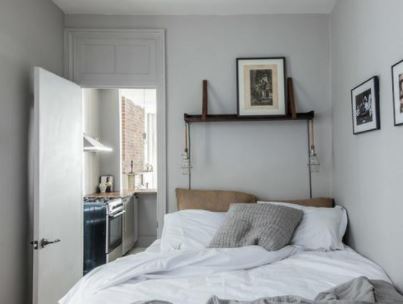
There are still questions to be answered. For example, does the speed at which space changes occur affect the speed of our personal daily work, such as the time we allow morning coffee before going out?
When everything can be changed through voice commands, how will these new flexible spaces affect our sense of belonging and feeling at home?
A robot-optimized house may change culture in a similar way to how digital communication changes our conversations, social behaviors, relationships and behaviors.
For hundreds of years, our way of thinking about the construction and life of high-rise apartments is about to change. It can change our conception of vertical space and the way we live. The existing building types and the design and development methods of buildings will be completely changed. This can have a hugely disruptive impact on real estate development, building design and regulations, construction methods, housing and social policies.
